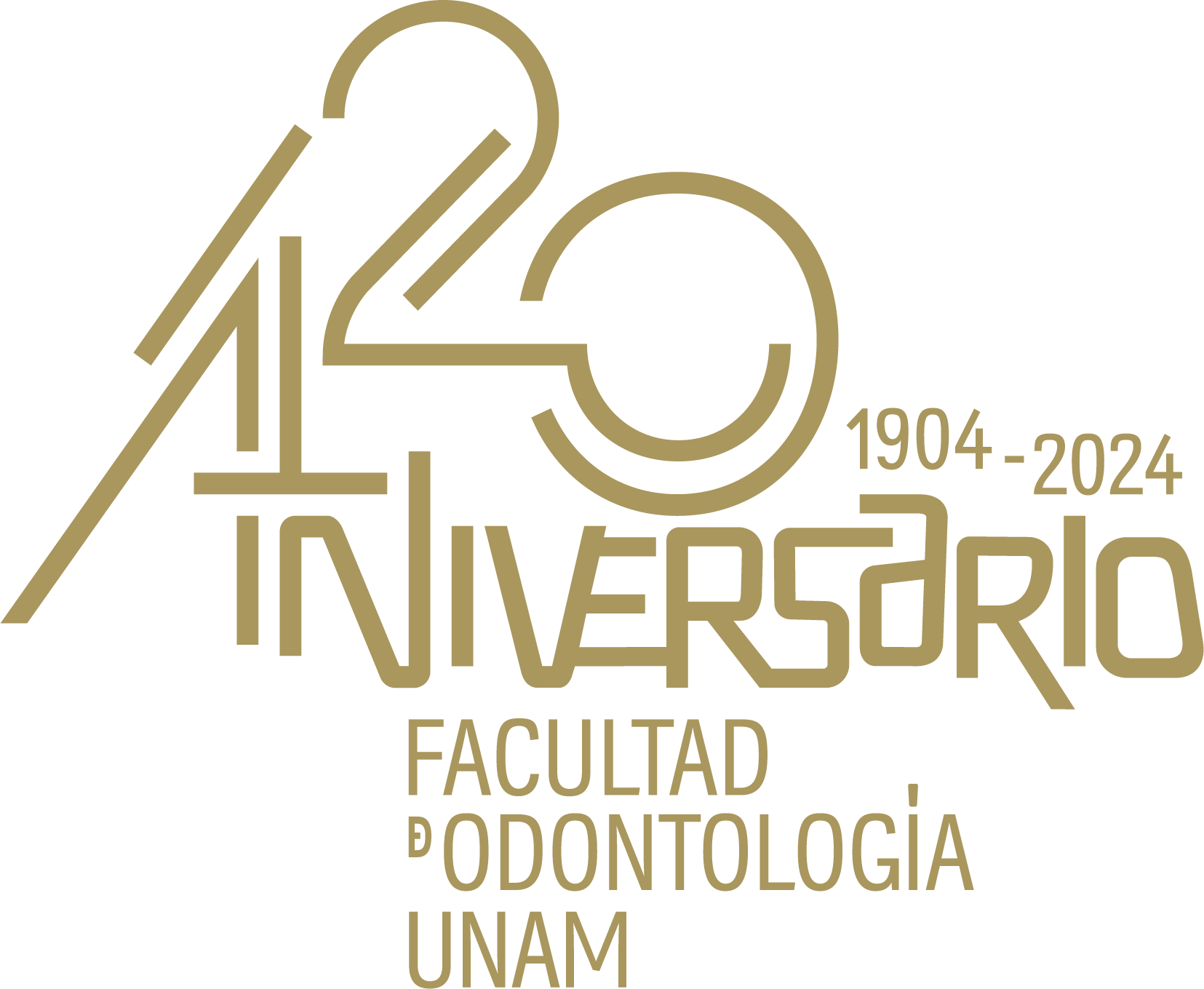Registro completo de metadatos
| Campo DC | Valor | Lengua/Idioma |
|---|---|---|
| dc.rights.license | https://creativecommons.org/licenses/by-nc-nd/4.0/legalcode.es | - |
| dc.creator | Santiesteban Ponciano, Fabián Alejandro | - |
| dc.creator | Gutiérrez Rojo, María Fernanda | - |
| dc.creator | Gutiérrez Rojo, Jaime Fabián | - |
| dc.date.accessioned | 2025-01-29T00:11:34Z | - |
| dc.date.available | 2025-01-29T00:11:34Z | - |
| dc.date.issued | 2016 | - |
| dc.identifier.issn | 2395-9215 | - |
| dc.identifier.uri | https://ru.odonto.unam.mx/handle/123456789/32038 | - |
| dc.description.abstract | Crowding has been classified as one of various types ofmalocclusions, which are identified as the third most prevalentoral disease. It is of great importance in orthodontics to know the mesiodistal length of teeth because it is an determining factor in the diagnosis of space discrepancies of the jaws. Objective: To determine if there is more dental mass associated with an increase in the severity of crowding. Material and methods: A sample of 120 study models with no previous orthodontic treatment was formed. It was divided into 3 groups: 40 with mild crowding, 40 with moderate crowding and 40 with severe crowding. Mesiodistal dental widths were measured in both arches from the right first molar to the left first molar. The information was tabulated in a Microsoft Excel sheet and statistics were performed in StatCalc version 8.1.3 program. Descriptive statistics were calculated and ANOVA tests were performed. Results: The average age was 16 years. In the maxilla, in the severe crowding cases, average tooth mass was 101.34 mm and in the mandible, 93.50 mm. In moderate crowding cases, in the upper dental arch, the average tooth mass was 98.30 mm and in the lower arch, 90.15 mm. In arches with mild crowding an average tooth mass of 95.06 mm was found in the maxilla and of 87.10 mm in the mandbile. When comparing the groups with severe crowding, statistically significant differences in the maxilla and mandible were found. Conclusions: As the crowding severity increases, there is more tooth mass in patients. | - |
| dc.language | eng | - |
| dc.publisher | Universidad Nacional Autónoma de México. Facultad de Odontología | - |
| dc.rights | La titularidad de los derechos patrimoniales de esta obra pertenece a las instituciones editoras. Su uso se rige por una licencia Creative Commons BY-NC-ND 4.0 Internacional, https://creativecommons.org/licenses/by-nc-nd/4.0/legalcode.es, fecha de asignación de la licencia 2017-04-03, para un uso diferente consultar al responsable jurídico del repositorio por medio del correo electrónico revistamexicanadeortodoncia@gmail.com | - |
| dc.subject | Severity | - |
| dc.subject | crowding | - |
| dc.subject | dental mass. | - |
| dc.subject.classification | Ciencias Biológicas, Químicas y de la Salud | - |
| dc.title | Crowding severity associated with dental mass | - |
| dc.type | Artículo Técnico-Profesional | - |
| dcterms.provenance | Universidad Nacional Autónoma de México. Facultad de Odontología | - |
| dc.description.repository | Repositorio Universitario de la Facultad de Odontología, https://ru.odonto.unam.mx/ Facultad Odontología | - |
| dc.rights.accessrights | Acceso abierto | - |
| dc.identifier.url | https://revistas.unam.mx/index.php/rmo/article/view/59077/52155 | - |
| dc.identifier.bibliographiccitation | Santiesteban Ponciano, Fabián Alejandro, et al. (2016). Crowding severity associated with dental mass. Revista Mexicana de Ortodoncia; Vol. 4 Núm. 3, 2016. | - |
| dc.identifier.doi | https://doi.org/10.1016/j.rmo.2016.10.032 | - |
| dc.relation.ispartofjournal | Revista Mexicana de Ortodoncia; Vol. 4 Núm. 3 (2016) | - |
| Aparece en las colecciones: | Revistas | |
Los ítems de DSpace están protegidos por copyright, con todos los derechos reservados, a menos que se indique lo contrario.

